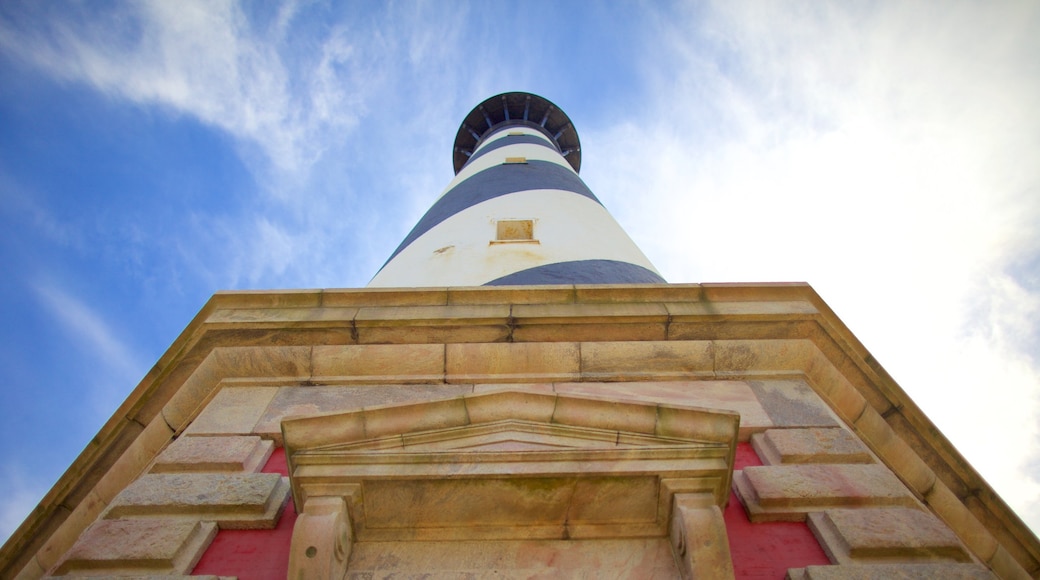Visitors to the Outer Banks of North Carolina should make a point of seeing the twisting, white and black stripes of the Cape Hatteras Lighthouse. The distinctive spiral pattern on this structure makes it a pretty subject for a photo. Come to see a beautiful relic of maritime technology and learn about the troubled history of those who have relied on its guidance in nearby waters.
Located at the juncture of two sea currents, the stormy waters surrounding Cape Hatteras Lighthouse have proved treacherous for generations of seafarers. Learn why this area is sometimes called “The Graveyard of the Atlantic.” The USS Monitor sank off the coast of Cape Hatteras in 1862 its ruins were finally discovered more than 100 years afterward.
To make the lighthouse better suited for guiding sea traffic, it has been elongated 60 feet (18 meters) over the years. It has seen destructive storms. Due to land erosion, the entire structure was relocated to avoid its tumbling onto the beach. Get the full story inside the Graveyard of the Atlantic Museum.
Prepare yourself for a workout if you decide to climb the 257 steps of Cape Hatteras Lighthouse, a must-do activity. Once you reach the top, look out over majestic views of the Carolina coast. Inhale the salty breeze rolling in from the ocean. Turn around and study the canopy of inland trees.
If a full moon is approaching, seek tickets for the Full Moon Climbs. Groups of visitors are brought to the top of the lighthouse, where they can look out over the glowing night sky. Be sure to get your tickets quickly they’re known to sell fast.
To get to Cape Hatteras Lighthouse, drive to the southwest corner of Hatteras Island. Though crossing the Pamlico Sound might be out of the way for most, it’s worth the small journey. The scenic drive through the narrow stretch of land reaching toward Buxton offers gorgeous panoramic views.








